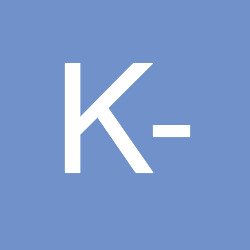Info
Asparagopsis armata Harvey, 1855
This red algae have two phases, a gametangial phase and a tetrasporic phase (known as Falkenbergia rufolanosa).
The gametangial plant grows to 20-30 cms long with barbed rhizoids and with tufts of branchlets.The tetrasporic phase shows a small fine filaments irregularly branched red algae ,looks like small fluffy balls or cotton-wool-like tufts (size up to 1,5 cm).
- gametophyte phase - the algae pale purple-red in colour
- tetrasporophyte phase - the colour is brownish red
Both phases are generally epiphytic,sublittoral or free floating.Similar is Bonnemaisonia hamifera occurs in similar habitats.
Synonymised names
Falkenbergia doubletiae (Sauvageau) Sauvageau, 1925 · unaccepted
Falkenbergia olens A.H.S.Lucas, 1919 · unaccepted (synonym)
Falkenbergia rufolanosa (Harvey) F.Schmitz, 1897 · unaccepted (synonym)
Falkenbergia vagabunda (Harvey) Falkenberg, 1901 · unaccepted (synonym)
Polysiphonia doubletiae Sauvageau, 1925 · unaccepted
Polysiphonia rufolanosa Harvey, 1855 · unaccepted (synonym)
Polysiphonia vagabunda Harvey, 1859 · unaccepted (synonym)
This red algae have two phases, a gametangial phase and a tetrasporic phase (known as Falkenbergia rufolanosa).
The gametangial plant grows to 20-30 cms long with barbed rhizoids and with tufts of branchlets.The tetrasporic phase shows a small fine filaments irregularly branched red algae ,looks like small fluffy balls or cotton-wool-like tufts (size up to 1,5 cm).
- gametophyte phase - the algae pale purple-red in colour
- tetrasporophyte phase - the colour is brownish red
Both phases are generally epiphytic,sublittoral or free floating.Similar is Bonnemaisonia hamifera occurs in similar habitats.
Synonymised names
Falkenbergia doubletiae (Sauvageau) Sauvageau, 1925 · unaccepted
Falkenbergia olens A.H.S.Lucas, 1919 · unaccepted (synonym)
Falkenbergia rufolanosa (Harvey) F.Schmitz, 1897 · unaccepted (synonym)
Falkenbergia vagabunda (Harvey) Falkenberg, 1901 · unaccepted (synonym)
Polysiphonia doubletiae Sauvageau, 1925 · unaccepted
Polysiphonia rufolanosa Harvey, 1855 · unaccepted (synonym)
Polysiphonia vagabunda Harvey, 1859 · unaccepted (synonym)







 Dr. Keith Hiscock, England
Dr. Keith Hiscock, England







